7 Super Simple Secrets to Building Healthy Soil for Your Alberta Backyard Oasis
Reading time: 6 minutesEver thought your garden's success was just a matter of dirt? It's all about the soil – nature’s underground superstar that turns your gardening dreams into reality.
Your soil needs to be a nutrient-packed powerhouse for your lawn to flourish. So, let's roll up our sleeves and dig into the nitty-gritty of soil care.
1. Understand Your Soil Type
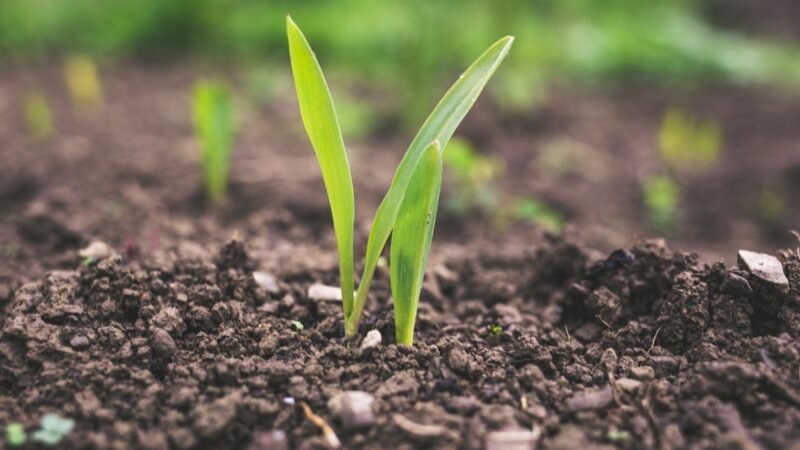
Your garden in Alberta could be sitting over different soil types, each with its distinct traits.
Clay
Clay soil has fine, compact particles. It acts like a sponge, eagerly holding onto water. This can be a double-edged sword. On one hand, it provides ample moisture; on the other hand, its dense structure creates a challenging environment for roots.
Identifying clay is straightforward: wet the soil and give it a squeeze. If it forms a tight ball that resists crumbling, you're dealing with clay.
Improving clay soil involves aeration to enhance drainage and root penetration.
Sand
On the other end of the spectrum, sandy soil has coarse grains that let water and nutrients flow through quickly. This rapid drainage means plants often find themselves parched and hungry.
To check if your soil is sandy, grab a handful and squeeze. If it falls apart immediately without any sign of holding shape, it's sand.
You can enrich sandy soil with organic matter to improve its water and nutrient retention.
Loam
Loam soil strikes the perfect balance with an even mix of sand, silt, and clay. It easily retains moisture and nutrients yet drains well enough to prevent waterlogging.
Testing for loam involves the same squeeze test: a ball of moist soil should hold its shape but crumble easily under a bit of pressure.
Loam is the dream soil for gardeners, requiring minimal intervention to maintain its prime condition. Add organic matter regularly to keep loam soil fertile and well-structured.
2. The Magic of Composting

Composting is like turning your kitchen scraps and yard waste into gold for your garden. It’s a simple, eco-friendly way to enrich your soil.
Starting a compost pile is easy, and here’s how you can do it:
- Find the Right Spot. Choose a convenient, shady area in your yard. If you’re tight on space, a compost bin works wonders.
- Layer Your Materials. Begin with a layer of coarse material, like small branches, to improve air circulation. Then, alternate between green materials (kitchen scraps, coffee grounds, grass clippings) and brown materials (dry leaves, straw, paper).
- Keep It Moist. Your compost pile should be damp but not wet. Sprinkle water as needed.
- Turn It Over. Give your pile a good turn every few weeks to get in some air and speed up decomposition.
Remember, most organic materials are fair game. But avoid meat, dairy, and oily foods that can attract pests. Also, avoid diseased plants and weeds that might spread through your compost.
The magic of compost lies in its power to transform soil. It improves structure, making clay soils more porous and sandy soils better at holding moisture. Compost also adds essential nutrients back into the soil, fostering an environment where plants can thrive.
3. Boost Your Soil With Some Mulch
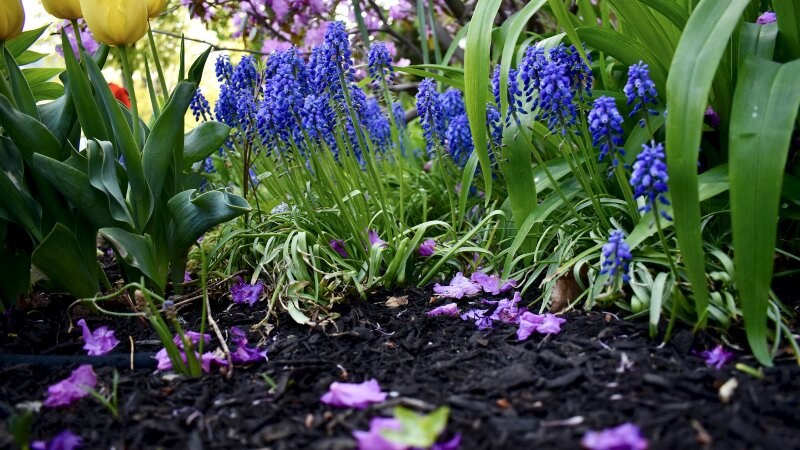
Worry about your soil mulch? Well, mulching is your biggest ally in nurturing healthy soil. It works like a charm by retaining essential moisture, keeping soil temperatures steady, and fighting off those pesky weeds.
Think of mulch as the protective blanket for your soil. It conserves water, cools roots on hot summer days, and warms them during chilly starts.
Choosing the right mulch can feel a bit like matchmaking. You want to pair your soil and plants with their perfect companion. Organic mulches, like straw, bark chips, shredded leaves, or grass, not only offer the mentioned benefits but also break down over time, adding organic matter back into the soil.
For perennials and vegetable gardens, a layer of compost or straw works wonders, while wood chips are great for trees and shrubs.
When applying mulch, aim for a just-right thickness of about 2 to 3 inches. Too much can suffocate your soil, and too little won't fend off weeds or conserve moisture effectively. Be sure to keep mulch a few inches away from plant stems and tree trunks to prevent moisture-related diseases.
4. Test Your Soil Regularly
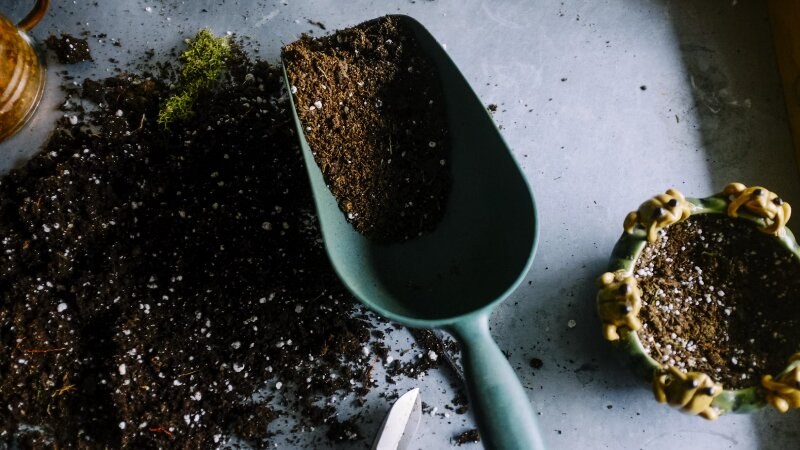
Think of soil testing as your garden's annual check-up. This simple process reveals your soil's nutrient levels and pH balance, essentially telling you what your garden needs to thrive.
You need [DD4] a clean spade and bucket to start. Collect soil samples from several spots in your garden, mixing them together for a representative sample. Aim for a depth of about 6 inches, avoiding areas near fences or buildings that might skew the results.
Depending on where you are in Alberta, your local extension office or garden centre can guide you to a testing lab. Experts there will analyze your soil. Once done, you’ll get a report breaking down the essential nutrients and soil pH.
5. Fertilizers
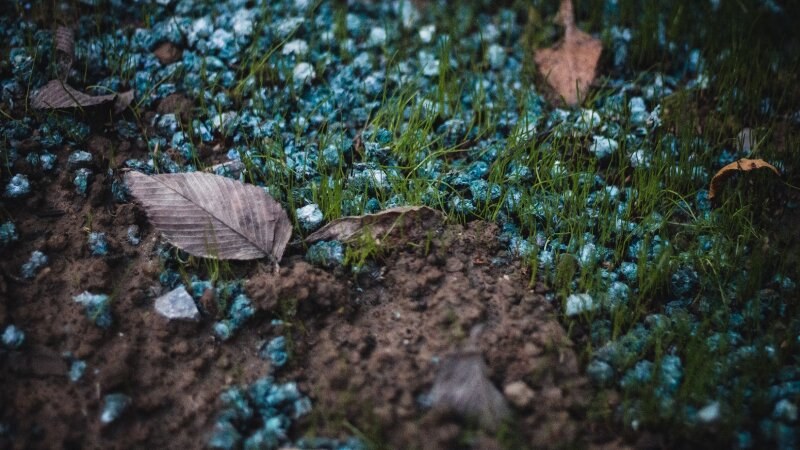
Fertilizers are the superfood your soil needs to support healthy plant growth. If your lawn’s grass has been looking somewhat brown or limp, it could be poor soil. Fertilizer could be the solution. It gives your soil the micronutrients it needs, along with better absorption.
In case you’re not sure which fertilizer would work best for you, our lawn fertilizer service in Alberta can step in to help.
6. Crop Rotation and Cover Crops
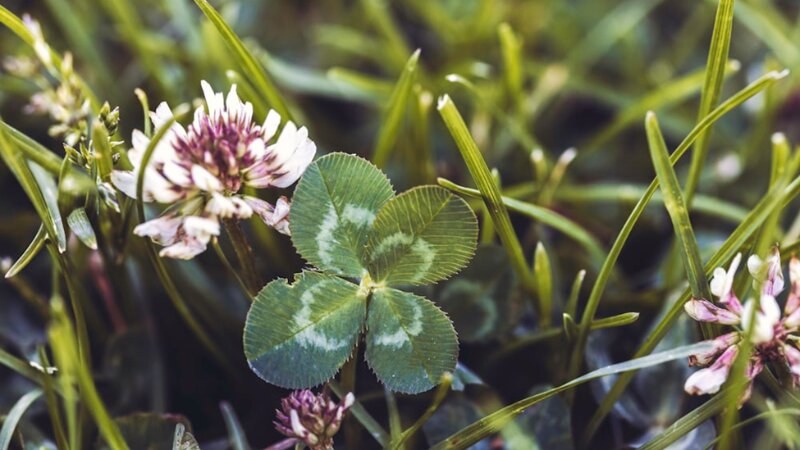
Crop rotation is a classic and powerful technique for keeping soil robust. It's all about switching up what you plant where each year. This prevents those pesky pathogens and nutrient-hungry plants from depleting the soil.
This age-old practice ensures that one plant doesn't sap all of a particular nutrient, keeping the soil balanced and fertile.
Enter cover crops. Planting clover, vetch, or rye in your garden when they're bare can work wonders. These plants are like a spa treatment for your soil, adding organic matter, fixing nitrogen, and breaking up compacted areas. Not to mention, they're fantastic at keeping weeds at bay.
Choosing the right cover crop depends on what you want to achieve. Want to fix nitrogen? Clover and vetch are your best bets. Need to improve soil structure? Rye's robust root system can do the trick.
7. Water Wisely
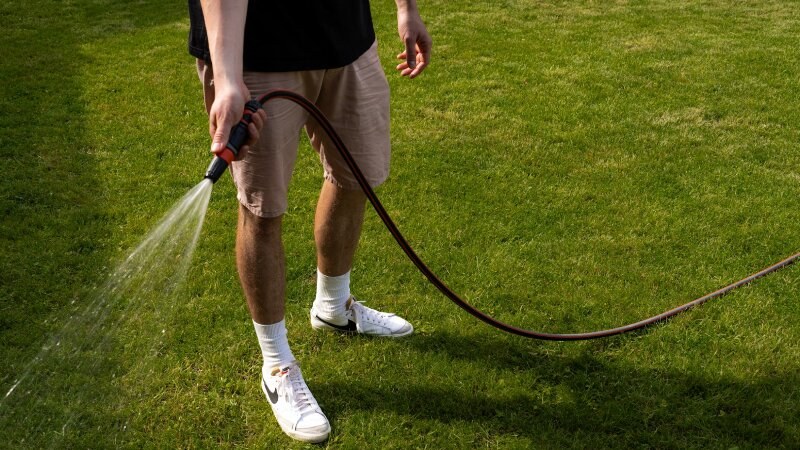
Watering to keep your soil healthy is much more than just turning on a hose. The key is to water deeply but infrequently. You want to encourage plants to develop deep root systems that make them more resilient and drought-tolerant.
This approach not only conserves water resources but also prevents the pitfalls of overwatering, such as soil erosion and compaction. Here are a few tips to water more efficiently:
- Early Bird Gets the Worm. Water in the early morning to reduce evaporation and ensure that water reaches the roots.
- Soak, Don't Sprinkle. Aim for longer watering sessions that deeply penetrate the soil rather than short sprays that barely wet the surface.
- Use Mulch. Applying a layer of mulch around your plants helps retain moisture, reducing the need for frequent watering.
- Invest in a Drip Irrigation System. Drip systems deliver water directly to the base of your plants, minimizing waste and ensuring deep water penetration.
By adopting these smart watering practices, you're fostering a garden ecosystem that's both vibrant and sustainable.
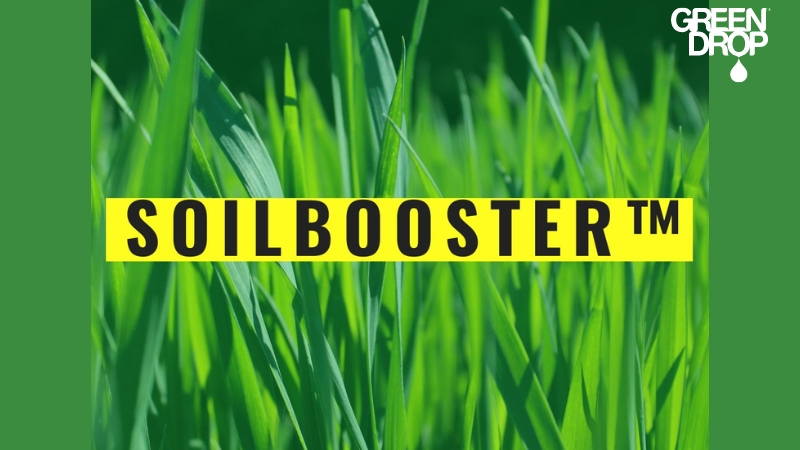
Unlock the Potential of Your Soil with Green Drop
Give your soil the treat it deserves with SoilBooster™. Coupled with the expertise of our GreenKeepers, our SoilBooster™ treatment ensures your outdoor space embodies the pinnacle of health and resilience.
Whether you’re in Red Deer, Calgary, or Edmonton, Alberta—let’s turn your lawn into the envy of the neighbourhood! Reach out to us today for an estimate, and let our experts guide you about your options.

